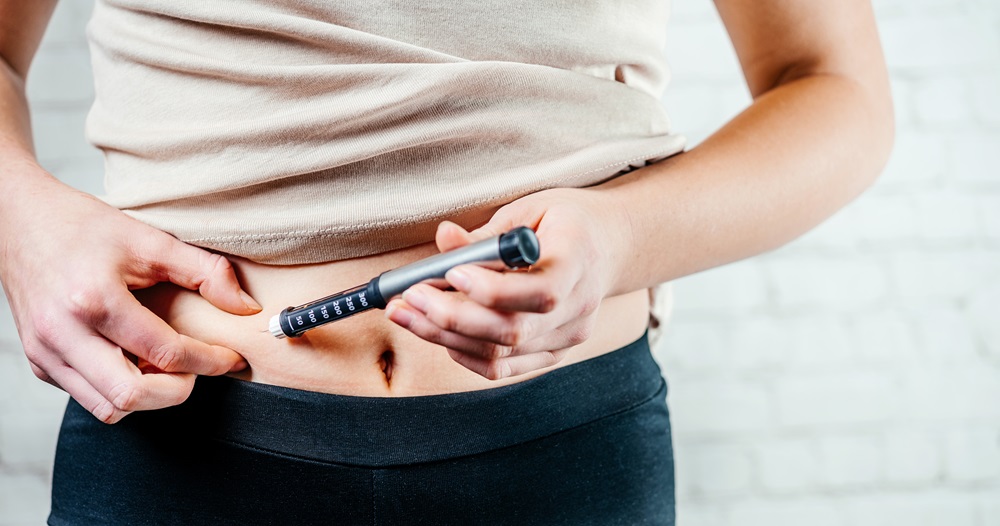Your body is uniquely yours—from your fingerprints to the fat layer under your skin.
When you’re starting injectable medications, knowing the best place to inject ozempic for weight loss or other medications isn’t just about convenience.
It’s about understanding how your body’s subcutaneous tissue (the layer of fat under your skin) can dramatically change how well your treatment works.
Think about it: medications don’t just magically work the same way for everyone. Your body’s unique structure plays a crucial role in how drugs travel through your system.
What Happens Beneath Your Skin?
When you inject medication, it doesn’t immediately enter your bloodstream. Instead, it must pass through layers of tissue before reaching circulation. Your subcutaneous tissue—that fat layer just below your skin—serves as a temporary storage depot.
The thickness of this layer varies significantly based on:
- Your body composition
- Where on your body you inject
- Your age and sex
- Your overall health status
These differences aren’t just academic—they directly impact how quickly medications reach your bloodstream and how long they work in your body.
Why Your Injection Site Makes a Big Difference?
Different parts of your body absorb medications at vastly different rates. This is why healthcare providers often recommend specific injection sites for particular medications.
| Body Area | Fat Layer Thickness | Absorption Speed | Best For |
| Abdomen | Moderate to thick | Moderate | Long-acting insulin, GLP-1 medications (like Ozempic) |
| Thigh | Variable | Slower | Consistent, extended release |
| Upper arm | Usually thinner | Faster | Vaccines, rapid-acting medications |
| Buttocks | Typically thicker | Slowest | Pain medications, antibiotics |
The right injection site can mean the difference between optimal treatment and wasted medication.
How Your Personal Fat Distribution Affects Your Treatment
Your subcutaneous tissue isn’t uniform throughout your body. Even at the same injection site, the thickness can vary by more than 50% between individuals. This variation explains why:
- Some people experience faster medication effects than others
- You might need dosage adjustments despite having the same condition as someone else
- Rotating injection sites is crucial for consistent treatment results
Women typically have 6-10% more subcutaneous fat than men, which can lead to different absorption rates for the same medication. This physiological difference sometimes necessitates sex-specific dosing guidelines.

The Science of Getting the Most from Your Medication
The interaction between your subcutaneous tissue and medication involves several factors:
- Blood flow to the injection area (more blood flow = faster absorption)
- Temperature of the injection site (warmer areas absorb faster)
- Needle length relative to your fat layer thickness
- Medication properties (water-soluble drugs behave differently than fat-soluble ones)
When these factors align with your personal physiology, you get the most benefit from your medication with fewer side effects.
Finding Your Personal Best Injection Sites
While general guidelines exist, finding your optimal injection site requires some personalization. For medications like Ozempic, the abdomen often provides the most consistent absorption due to its relatively uniform fat distribution and good blood supply.
However, your ideal site might differ based on:
- Your comfort level with different injection areas
- Your personal fat distribution patterns
- Any skin conditions or sensitivities you have
- How active you are and which body parts you use most
Working with your healthcare provider to map your subcutaneous tissue can dramatically improve your treatment outcomes.
Beyond Injection Sites: Other Factors That Matter
While choosing the right spot for your injection matters, other practices can help optimize medication delivery through your subcutaneous tissue:
- Proper injection technique (pinching skin when appropriate)
- Consistent needle length based on your personal fat layer
- Rotating within the same general area rather than jumping between drastically different body parts
- Maintaining healthy body temperature during injection
These practices help ensure that your medication delivery remains consistent despite natural variations in your subcutaneous tissue.
The Bottom Line
Your body’s subcutaneous tissue isn’t just passive padding—it’s an active participant in your medication therapy.
By understanding how this unique aspect of your physiology affects treatment, you gain valuable control over your health outcomes.


